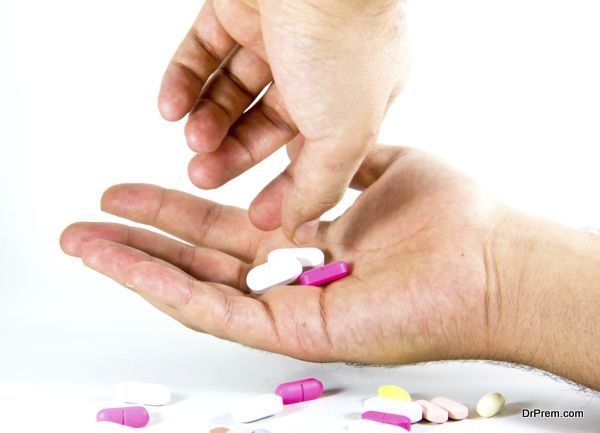In the last 20 years or so, there has been an explosion of new medications that can treat an unimaginable array of medical needs. And while the net impact has been positive, it’s critical to remember that beginning a course of treatment on a medication is not a process we should get into casually. Prescription drugs, as innocuous as they may seem, are still very powerful products.
But some people get too casual with prescription drugs, and that doesn’t just mean abuse for psychoactive purposes. Sometimes they share antibiotics, decongestants, and pain medications with others who have not been given a prescription. Other patients exceed the prescribed dosage. Still others may self-prescribe leftover medication for other issues months or years down the road.
There are a number of important areas where prescription drugs need to be well understood by patients and their families.
Interactions
Patients should pay close attention to these important warnings. Prescription drugs are sometimes part of a fairly large group of medications that the patient uses. These therapies may be prescribed by a number of different practitioners, and unless there is some communication about the overall treatment plan among these different health care providers, there can be significant interactions that could, at the least, undermine the drug’s efficacy and, at worst, pose serious health risks to the patient. Anyone who provides medical care to a patient should know every single medication that the patient takes, and any changes by one doctor should be relayed to all others.
This also underscores the danger of self-prescribing and of medication sharing. Just because one person took a medication without incident doesn’t mean that others in the family can take it, because those others may be using medicines that could interact with it.
Addiction Potential
It may seem impossible that the pain medication you take after surgery or a fracture could end up becoming habit-forming, but it happens very frequently. Initially, they are taking the medication for a completely legitimate purpose. In time, the underlying condition improves, but the patient’s body has become acclimated to the drug and has actually begun to crave it. The patient stops using the drug, knowing their condition has resolved, but begins to experience withdrawal. Once a person realizes that the unpleasant feelings they are experiencing are the result of not taking the medication, they will begin to pursue ever-more risky means of acquiring it.
For many patients, carefully monitored use of these medications–and disposal of unused doses after recovery–is enough. But patients with a history of addictions should never begin using certain medications if practitioners can devise any other method at all. It is simply too risky. There are risks with not taking strong painkillers in certain situations, but getting off prescription drugs is difficult and dangerous, so these therapies should be very carefully managed by professionals.
Side Effects
Every medication is a two-edged sword. It will provide helpful medical outcomes, but there is always a price. In some cases, it can be mild. In others, there are complex issues that must be thoughtfully considered before beginning a treatment regimen. When side effects prove too daunting to overcome, the patient should consider other options. Not everything is cured at the pharmacy, after all. Many conditions can be helped with massage, yoga, and other non-chemical methods.
The impact of these side effects can vary by the patient, not just in intensity but impact. Many drugs warn of dry mouth as a side effect. For some patients, that would not be a disruptive condition. But imagine the difficulty for a teacher or singer to attempt to get through a work day with a constant need to drink water.
There is no reason to fear prescription medications. Properly managed, they can have a strong positive impact. But when their use is recklessly handled by patients, families, or practitioners, there are very real risks involved. Education and vigilance are key.
Article submitted By Community Writer





